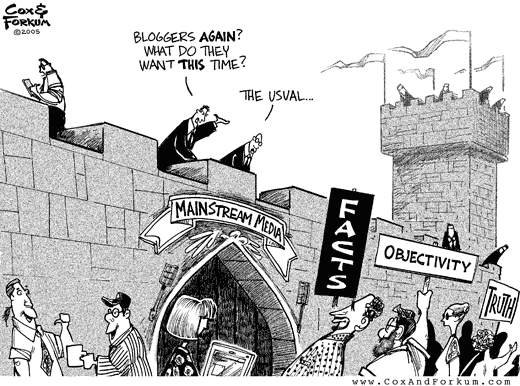
By Lewis Loflin

In 2001, ING Investments ranked Bristol, VA-TN, highly as a retirement community in "The Best Cities to Earn and Save Money," but near the bottom for education and jobs. By 2002, ING dropped these rankings. However, the *Kingsport Times-News* (November 8, 2005) reported Tri-Cities ranked 77th out of 331 metro areas on Sperling’s Best Places list (https://www.bestplaces.net), emphasizing healthcare, cost of living, climate, and low crime—attributes appealing to retirees.
Sperling’s list, unlike ING’s 125 metro areas, covers 331, placing Tri-Cities first in Tennessee over Knoxville (103rd), Nashville (205th), Chattanooga (210th), and Jackson (304th). Yet, Tennessee lags nationally in education and income. When I asked Sperling why economic factors were overlooked, they responded, "We can’t track everything," highlighting their retirement focus.
Despite external praise, internal economic disparities define Bristol’s social apartheid in 2005-2006. National per capita income was $21,658, but Bristol, VA, stood at $13,472—38% below average—with a cost of living only 16% lower. Bristol, TN, household income was $33,380, 26% below the national $44,958, with a 10% lower cost of living. Bristol, VA’s household income was 32% below average. Jeff Fleming, Kingsport’s assistant city manager, noted, "We score well in climate, cost of living, healthcare, and transportation but lag in education, arts, and economy." This external appeal masks a struggling working class.
Local policies perpetuate low wages to attract businesses, a trend seen in previous decades with NAFTA and outsourcing (e.g., 8,000 Tri-Cities jobs lost in one quarter post-1994). Government funds, intended to address poverty, often benefit elites, as seen in the $5 million strip mall incentive in 2006, reinforcing class divides.
In 2006, Bristol, VA, faced governance turmoil. Mayor Doug Weberling lost his re-election bid, with Jim Rector returning to the council (*Bristol Herald Courier*, May 2, 2006). A $1.9 million budget deficit persisted despite utility rate hikes and borrowing, leading to further tax increases and service cuts by July. Weberling criticized the budget as "voodoo bookkeeping," reflecting opaque financial management tied to corporate incentives like the Home Depot deal. This echoes earlier critiques of misallocated funds, such as the $8 million unused Energy Research Center from prior years.
Economic blows included the DANA plant closure and Bristol Compressors’ 300 layoffs, mitigated by federal aid (*Bristol Herald Courier*, July 10, 2006), highlighting reliance on external support amid local policy failures.
Social apartheid drives out-migration, as skilled residents flee low-wage prospects. A 2001 Bristol native, Ken S., couldn’t secure above-minimum-wage work and left for Ohio, later finding $7/hour offers insufficient upon return. By 2006, graduates like Heather Rhoton and Deborah Clark moved 2,000 and 650 miles away, respectively, for better opportunities, citing local firms’ refusal to hire qualified locals. BLS data from 2016-2018 shows Tri-Cities’ labor force shrinking by 3,440, a trend rooted in earlier decades with over 50,000 jobs lost since 2009.
The Tarnoff Report (2004) revealed businesses’ preference for low wages over training, a pattern persisting into 2005-2006, exacerbating the brain drain and leaving an underclass isolated—consistent with Charles Murray’s observations on welfare perpetuating dependency.
Child abuse cases surged in Bristol, TN, with CASA anticipating 130 cases in 2006, up from nine a decade prior (*Bristol Herald Courier*, May 7, 2006), yet funding was cut. Economic woes fueled crime, suicide, and drug abuse, reflecting the underclass’s struggles. The Appalachian Regional Commission noted "distressed" counties rising to 83 by 2000, worsened by government spending that fails to uplift, as nearly 25% of Southwest VA works in public sector jobs.
Murray’s 2005 argument—that custodial segregation manages the underclass—mirrors Bristol’s approach: an aging population thrives on retirement rankings, while the working class and youth are sidelined or leave.
Acknowledgment: I’d like to thank Grok, an AI by xAI, for helping me draft and refine this article. The final edits and perspective are my own.